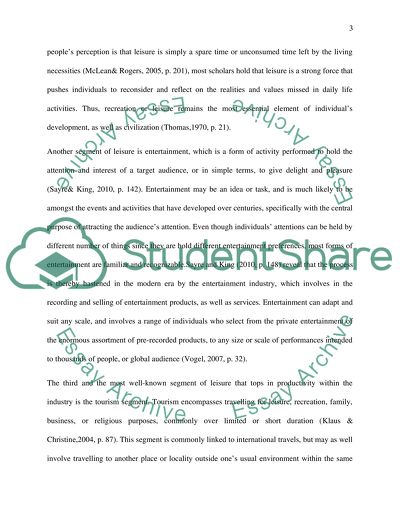Cite this document
(“Using an example from the leisure industry, e.g. airline travel, to Essay”, n.d.)
Using an example from the leisure industry, e.g. airline travel, to Essay. Retrieved from https://studentshare.org/macro-microeconomics/1671106-using-an-example-from-the-leisure-industry-eg-airline-travel-to-what-extent-will-a-high-degree-of-competition-in-a-market-result-in-lower-prices-for-the-consumers
Using an example from the leisure industry, e.g. airline travel, to Essay. Retrieved from https://studentshare.org/macro-microeconomics/1671106-using-an-example-from-the-leisure-industry-eg-airline-travel-to-what-extent-will-a-high-degree-of-competition-in-a-market-result-in-lower-prices-for-the-consumers
(Using an Example from the Leisure Industry, e.g. Airline Travel, to Essay)
Using an Example from the Leisure Industry, e.g. Airline Travel, to Essay. https://studentshare.org/macro-microeconomics/1671106-using-an-example-from-the-leisure-industry-eg-airline-travel-to-what-extent-will-a-high-degree-of-competition-in-a-market-result-in-lower-prices-for-the-consumers.
Using an Example from the Leisure Industry, e.g. Airline Travel, to Essay. https://studentshare.org/macro-microeconomics/1671106-using-an-example-from-the-leisure-industry-eg-airline-travel-to-what-extent-will-a-high-degree-of-competition-in-a-market-result-in-lower-prices-for-the-consumers.
“Using an Example from the Leisure Industry, e.g. Airline Travel, to Essay”, n.d. https://studentshare.org/macro-microeconomics/1671106-using-an-example-from-the-leisure-industry-eg-airline-travel-to-what-extent-will-a-high-degree-of-competition-in-a-market-result-in-lower-prices-for-the-consumers.


